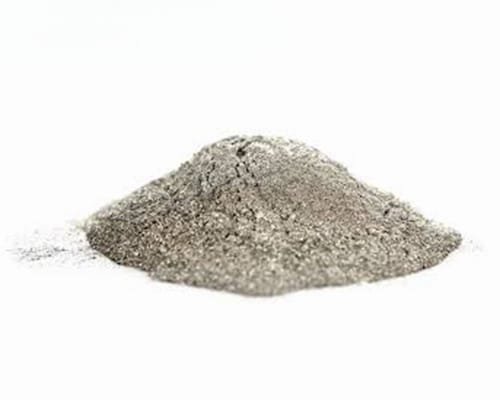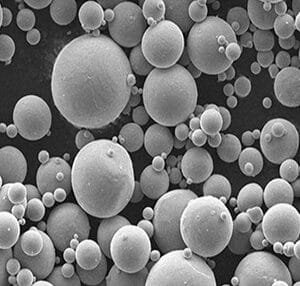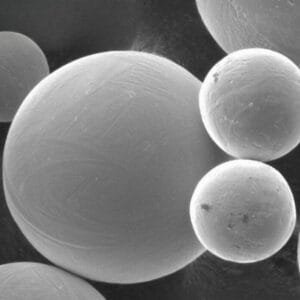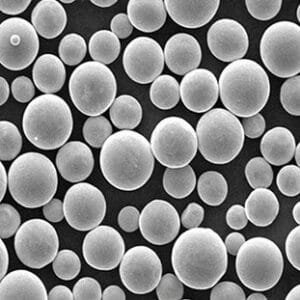Alloy 188 Powder Description
Alloy 188, a cobalt-based superalloy (UNS R30188), is renowned for its exceptional high-temperature strength and oxidation resistance, withstanding temperatures up to 1093°C. Its properties include impressive post-aging performance and maintained ductility even after extended exposure to high heat. Additionally, Alloy 188 exhibits significant resistance to sulfate-deposit hot corrosion.
This superalloy is highly versatile in fabrication, easily welded through various methods including manual and automated processes such as electron beam, gas tungsten arc, and resistance welding.
TFM is a leading global provider of high-quality Alloy 188 powder, backed by over twenty years of expertise in its production and distribution.
Alloy 188 Powder Specifications
| Product Name | Alloy 188 (UNS R30188) Powder |
| Alloy Grade | GH5188, H188 |
| Related Grades | / |
| Composition | Cr 20.0-24.0 Ni 20.0-24.0 Co Bal W 13.0-16.0 La 0.02-0.12 B 0.015 maxC 0.05-0.015 Fe 3.0 max Mn 1.25 max Si 0.2-0.5 P 0.02 max S 0.015 max |
| Size Grades | -105+45micron -53+15micron |
| ASTM | / |
| AMS Specification | 5608, 5801, 5772 |
Alloy 188 Powder Applications
Alloy 188 powder is known for its excellent forming and welding attributes. This superalloy can be forged or hot-worked effectively when held at a temperature of 2150°F (1175°C) long enough to ensure uniform heating throughout the material. Its ductility also allows for straightforward cold working, though the alloy work-hardens quickly. Therefore, for complex component fabrication, frequent intermediate annealing is often required to maintain formability.
Whether subjected to hot or cold working, parts made from Alloy 188 should be annealed and rapidly cooled to achieve the best balance of mechanical properties. Typically, wrought Alloy 188 is supplied in a solution heat-treated condition. The standard heat treatment involves heating the alloy to a range of 2125-2175°F (1163-1191°C) followed by rapid cooling or water quenching to optimize its characteristics. Note that annealing at temperatures lower than the solution heat-treating range may lead to carbide precipitation, potentially altering the alloy’s properties.
Due to its advantageous properties, Alloy 188 powder is highly suitable for various aerospace applications. It is commonly used in both military and commercial gas turbine engines, particularly in components such as combustion cans, transition ducts, and afterburner parts.





Reviews
There are no reviews yet.